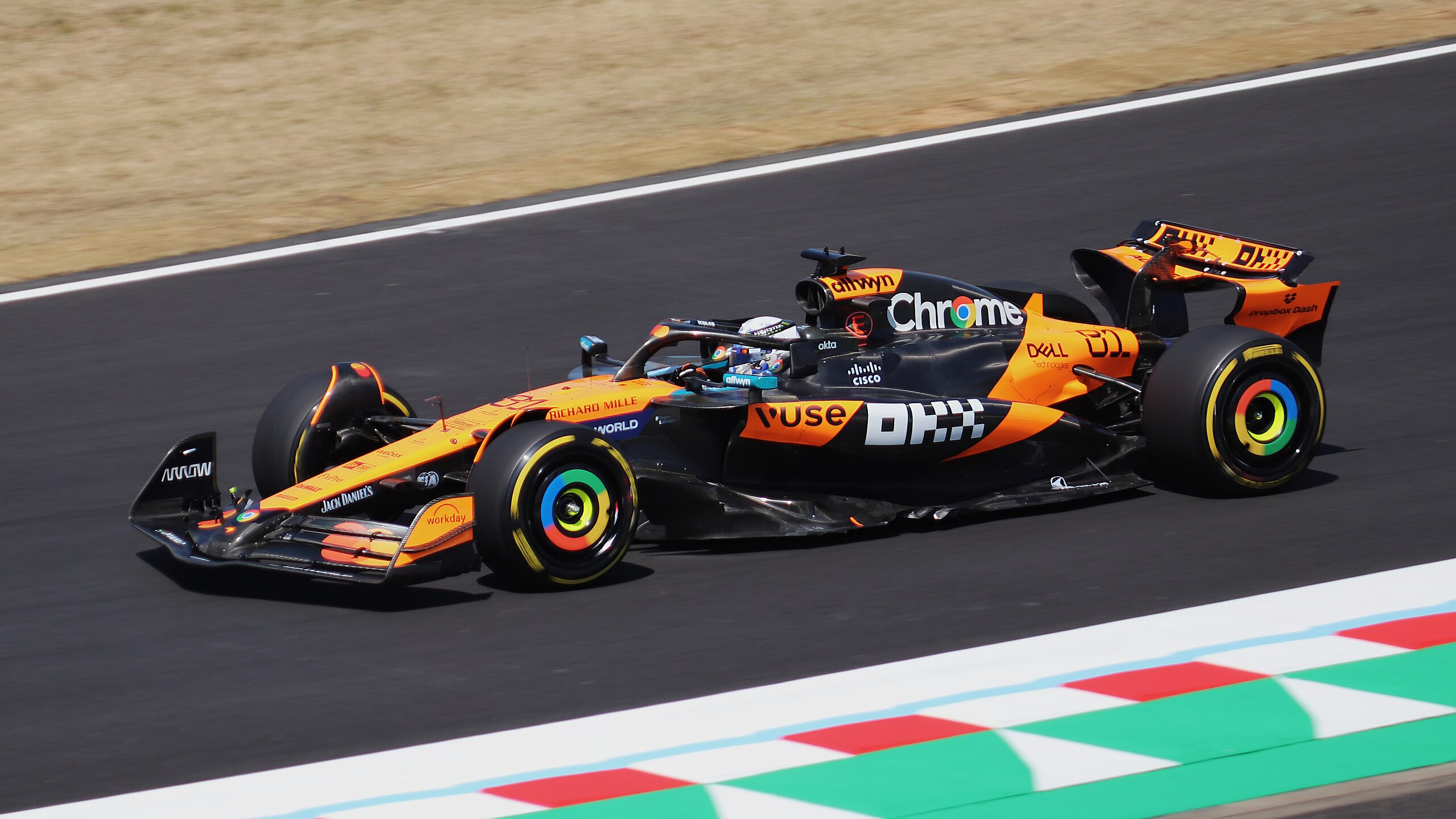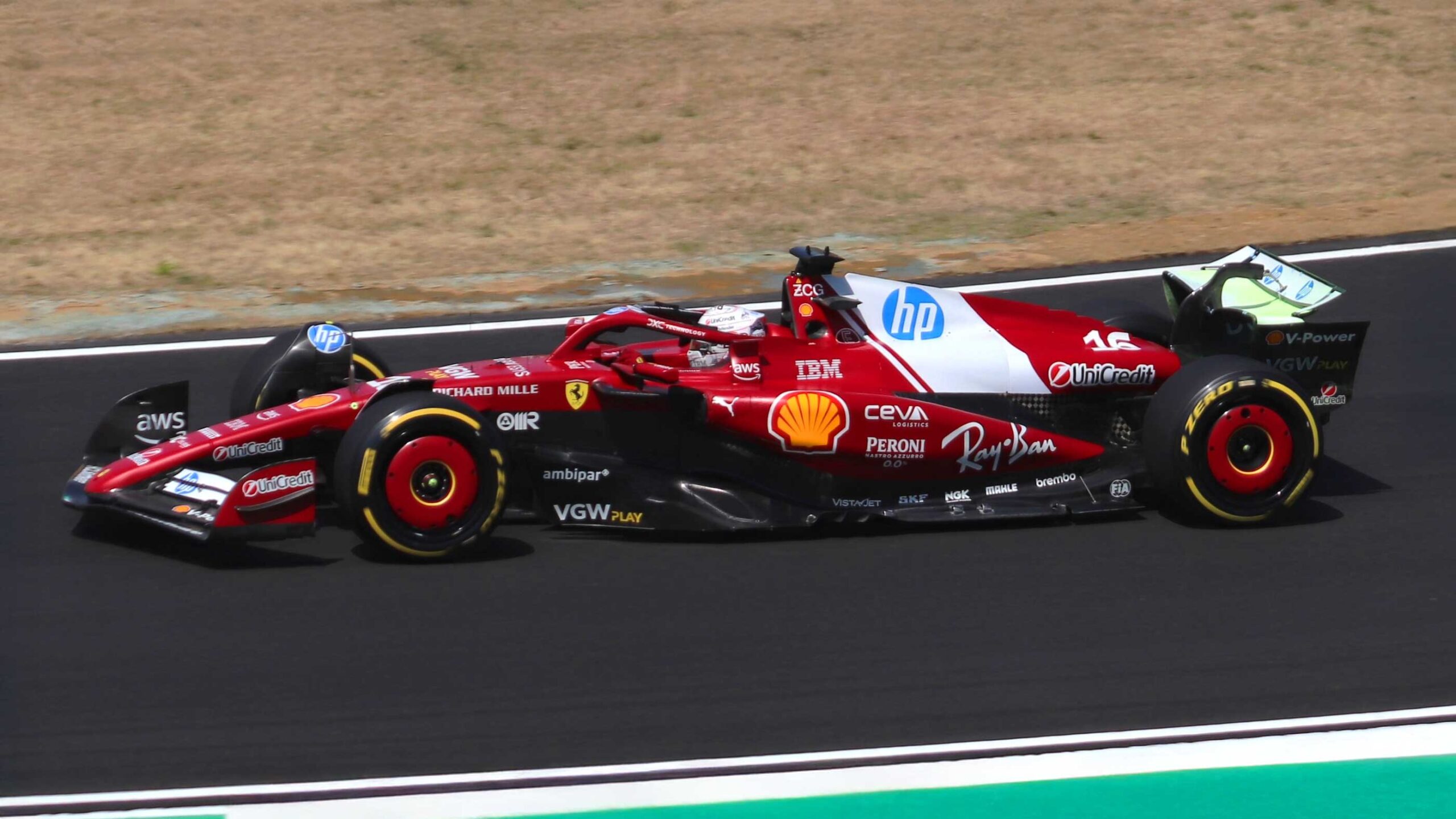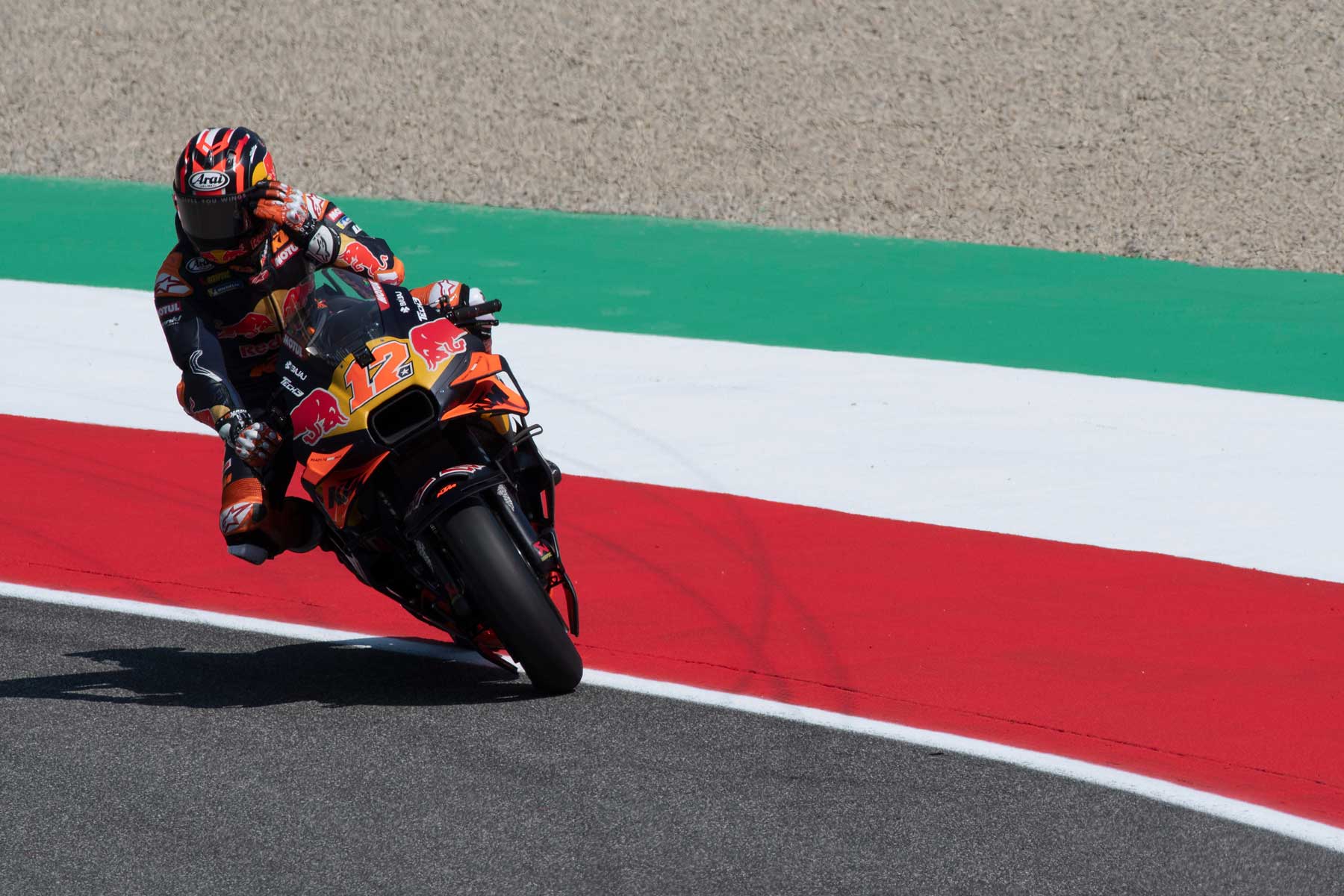Are you willing to sponsor?
Are you ready to explore the transformative power of athlete sponsorship for your brand? Click here to learn more about how sponsorship can help brands grow and thrive in the exciting world of motorsports.
By Emanuele Venturoli| Posted April 29, 2014 | In Formula1, MotoGP, Motorsports, Sport, Sport News, Sport Sponsorship
With the entire Formula One world reeling after the tragic San Marino Grand Prix where both Roland Ratzenberger and Ayrton Senna were killed, along with a lucky escape for Rubens Barichello and several fans, the general consensus was that something had to be done to prevent drivers dying in the future.
The drivers agreed that something had to be done following Ratzenberger’s crash in Saturday qualifying. Niki Lauda, who narrowly escaped death following his infamous Nordschleife crash in 1976, urged Ayrton Senna to use his status as F1’s most famous driver to call on the FIA to bring in new safety changes. They did this by planning to reform the Grand Prix Drivers’ Association which had been disbanded 12 years beforehand.
Senna never got to chair the association, as the talks took place less than 24 hours before he too would be killed in the race. But the talks didn’t cease. Following Karl Wendlinger’s coma inducing crash at the next event in Monaco and Andrea Montermini’s heavy shunt in Catalunya, action began to take shape.
A number of different strategies were implemented in the wake of the season to try and prevent fatalities. Amongst the first changes to take place was the introduction of temporary chicanes on some of the circuits on the calendar. Catalunya and Spa Francorchamps were the notable cases, with chicanes put in before the Nissan and Eau Rouge corners in an attempt to slow the cars down before the high speed sections.
Permanent changes to Formula One circuits were later introduced, with the Imola circuit being the most affected. Tamburello corner, the site of Senna’s tragic accident, was completely changed and turned into a chicane. The following Villeneuve curve was also changed, with another chicane placed prior to the infamous high speed kink, where Ratzenberger’s incident took place.
Circuits are now designed with safety in mind. New circuits such as Bahrain, China, Malaysia, Yas Marina, India and many others have got much more run-off areas that seen in the circuits of yesteryear. Every single circuit is lined with new, softer barriers which are designed to absorb most of the energy in a crash. Highly advanced TECPRO barriers have also been implemented in particularly dangerous locations. These barriers prevented Sergio Perez being injured in an identical incident as suffered by Karl Wendlinger at Monaco.
Car design was arguably as important a revelation as circuit design. Much focus has been placed upon the area of the car directly surrounding the driver, known as the ‘survival cell’. This area, along with the rest of the car, is now made of strong carbon fibre, which can resist high speed impacts as well as possible penetration from debris. Changes to the fuel tanks have also greatly improved safety, with the old metal tanks replaced by flexible and almost impenetrable rubber casings. This has stopped the previous trend of cars bursting into flames after a crash; as seen in Niki Lauda’s near fatal crash in 1976 and Gerhard Berger’s crash at Imola in 1989. Wheels are now attached to the cars via Tethers too keep them from falling off and possibly injuring other drivers, spectators and marshals; as seen in the 2001 Australian Grand Prix when marshal Graham Beveridge was killed by a runaway tyre.
Head and neck support for the drivers has also seen a breakthrough in the wake of 1994. In 2003, the FIA made the Head and Neck Support (or HANS) device mandatory for all drivers. The device rests on the drivers’ shoulders and is attached to the interior of the car to prevent sudden movements of the drivers’ head. This was the cause of many injuries in the past. Helmets have been strengthened massively over the course of recent year’s, with the near bullet-proof nature paying dividends when Felipe Massa was struck on the head by a suspension spring at the 2009 Hungarian Grand Prix.
Some of the most essential changes to modern F1 safety were bought on by the late Prof. Sid Watkins. Sid was a great friend of Ayrton Senna’s and was mortified following the Brazilian’s death at San Marino, having been on the scene helping as the on-course Doctor. He pushed for changes to be made to the medical care available to injured drivers at the circuit. Medical cares with paramedics on-board can now reach an accident at any point of any track within 30 seconds of the incident. Each track is now equipped with a top-level medical centre with surgeons and other medical staff on hand; along with a helicopter to transport a driver to the nearest hospital if the need should arise.
It is easy to only remember the 30th of April and the 1st of May 1994 only as the tragic days when we lost Roland Ratzenberger and Ayrton Senna; quite rightly in fact. But we should also remember that Grand Prix weekend as the event where Formula One, and indeed Motorsport across the globe, got the kick up the backside it needed to change it’s ways.
Since that day, not a single driver has been killed during a Grand Prix weekend, which is a testament to the incredible advancements in driver safety that were introduced as a result of the awful crashes suffered by Senna and Ratzenberger. We’ve seen drivers survive horrendous crashes, such as Robert Kubica’s Canadian crash in 2007, Felipe Massa’s incident at the 2009 Hungarian Grand Prix and Mark Webber’s high speed flip and crash in the 2010 European Grand Prix. All these incidents, arguably, would’ve resulted in tragedy had they taken place in what is known as the ‘killer years of Formula One’.
Let me be clear, I am in NO WAY saying that we should be thankful that the event happened, but we should celebrate and congratulate all those who made these changes happen so that we no longer have to face such tragedies now and hopefully in the future; not just in Formula One, but in Motorsports across the world such as NASCAR, IndyCar and MotoGP.
RIP Ayrton Senna, Roland Ratzenberger and every other driver who has been taken from us. We miss you all.
By Jordan Groves Formula 1 correspondent for RTR Sports Marketing - Sport Sponsorship Agency
Are you ready to explore the transformative power of athlete sponsorship for your brand? Click here to learn more about how sponsorship can help brands grow and thrive in the exciting world of motorsports.

A graduate in Public, Social and Political Communication from the University of Bologna, he has always been passionate about marketing, design and sport.
The online platform where you can discover the latest trends, strategies and insights from the exciting world of sports marketing.
View our blog
July 1, 2025
In the complex and exciting world of Formula 1, performance no longer belongs exclusively to wind tunnels and race strategies. It also unfolds in boardrooms, brand labs, and experiential mark[...]
Read More
June 11, 2025
The 2026 calendar of the Formula 1, officially announced on June 10, 2025, includes a season of 24 Grands Prix that will cross five continents and introduce new venues, logistical variations [...]
Read More
June 4, 2025
When Liberty Media acquired Formula 1 in 2017, revenue from sponsorship of the championship was around $272 million. Eight years later, that figure seems like an echo of a bygone era. By 2025[...]
Read MoreIn an era where it is possible to get anywhere with a click, there is a strong temptation to approach teams and properties directly for sponsorship projects.
By doing so, we are convinced that we are shortening the value chain, saving time and money. However, these DYI methods are anything but risk-free and what initially appears to be a competitive advantage soon turns into a problem that is difficult to resolve. That’s why there are agencies. And this is why you should rely on us for your sponsorships.
When first approaching a sponsorship or sports marketing project, it is difficult to know immediately which stakeholders are correct, what the decision flow is, and what the right timelines are for each process. Sports is a very specialized field of action, and fitting effectively into its paths can take a lot of time and therefore money. We, on the other hand, know referents and spheres of action and know who to talk to, when and how. So you are also more effective.
Sports is an immense passion, and for our heart colors we would be willing to do anything. But business is a different business, and it is important to make the best possible strategic decisions based on independent research, statistics and reliable data. A sports marketing and sports sponsorship agency like RTR has an objective, 360-degree picture of the scenario and can tell you what is really best for you: which sport, which athlete, which team. This is because we possess a great deal of data and information on ratings, segmentation and attitudes. Because the numbers don’t lie. Never.
Activations are the real heart of sports sponsorship. Without them, there remains only a blank sticker on a motorcycle, car or uniform and no contact with the public, no emotional connection, no impact on the bottom line. Then how do you do it? It certainly won’t be the teams or the athletes who will help you leverage sponsorship and enjoy the many marketing rights you have paid for. To bring out the best in a sports marketing project you need an agency that knows how to use sponsorship to engage the fanbase on the Web, to reach out to Shopping Centers, to organize hospitality, to develop B2B and B2C opportunities, and to get “your” athletes in front of millions of potential consumers.
Would you ever go to the dealer who sold you the car and ask if the competitor’s car is better? No, of course. So, how do you expect to get firm measurements of the effectiveness of your sponsorship if you do not rely on someone super partes? At RTR, we have always worked with independent third-party agencies that allow us to know the return on any exposure of your brand on TV and in the media. In addition, we believe in calculating ROI as the ultimate measure of your success-so we can tell you for every penny you spend how much you are making.
We have been involved in sports sponsorship and sports marketing for more than 15 years. We are consultants in the sense that our goal is to maximize your investment, but we are also an agency that manages the project from start to finish. We have been doing this since 1995 with passion and professionalism, following three principles that have become cornerstones of our business: independence, verticality and transparency.
I would like to highlight the fact that one of the qualities of RTR is its great ability to approach the sponsorship scenario strategically, together with its passionate attitude, its amazing enthusiasm for solving problems, and its high level of professionalism.
Gianluca Degliesposti
Executive Director Server&Storage EMEA
Eurosport is truly delighted with its business relationship with Riccardo Tafà, who has become extremely popular, thanks to his detailed knowledge of the sports marketing sector and his highly diligent attitude to work.
Francois Ribeiro
Commercial Director
Passion and Expertise are the features that I have found in RTR since the very beginning. Serious and reliable professionals but also very helpful, nice and open-mind people, willing to listen and compare different ideas. All the values in which RTR believes make this agency a partner, not just a supplier, a partner with whom we have had the opportunity to achieve significant commercial results in term of success and image.
Luca Pacitto
Head of Communication
We have been working with RTR Sports Marketing for over 10 years. The objectives and the programmes of collaboration continue to be renewed and to grow with mutual satisfaction. I believe RTR is a team of great professionals led by Riccardo Tafà, who I consider a manager of exceptional skills and with a great passion for his work.
Lucio Cecchinello
Team Principal
I have known and worked with Riccardo Tafà since 1995 when we collaborated for the first time on a project for the Williams Formula 1 team. Several clients followed. After leaving Williams to work for Gerhard Berger then owner of the Toro Rosso F1 Team, I turned again to Riccardo to seek his help in finding a tool supplier for the team and Riccardo duly obliged with an introduction to USAG, a partnership with Toro Rosso which endured for five years. I recently started a new role as Group Commercial Director for the renowned Andretti Autosport organisation and I find myself working with Riccardo once again on a number of interesting projects. Why has this relationship with Riccardo endured ? He’s smart, knows the commercial side of sport inside out and back to front and he’s honest and trustworthy. Riccardo Tafà is a “doer” not a “talker”: in over 20 years I have never had a dispute either with him or with a company that he has introduced and each partnership introduced by Riccardo has delivered quantifiable ROI to rights holder and sponsor alike. I can think of no better testimonial of Riccardo’s diligence, knowledge, contact base and hard work than that.
Jim Wright
Group Commercial Director
The online platform where you can discover the latest trends, strategies and insights from the exciting world of sports marketing.
View our blog
July 1, 2025
In the complex and exciting world of Formula 1, performance no longer belongs exclusively to wind tunnels and race strategies. It also unfolds in boardrooms, brand labs, and experiential mark[...]
Read More
June 26, 2025
The European Commission has provided Liberty Media Corporation with unconditional approval to complete the acquisition of the MotoGP World Championship. The process of annexing the top motorc[...]
Read More
June 18, 2025
When you think of sports, what comes to mind? For many, the answer is sports marketing management. We see Super Bowl or Olympic commercials and it seems like every other product is marketed t[...]
Read More